While I was going through a huge set of pictures for a presentation at Kanoshop, one of our sponsors that we had on our canoeing trip of last year, I ‘rediscovered’ a few pictures of Swedish lakes.
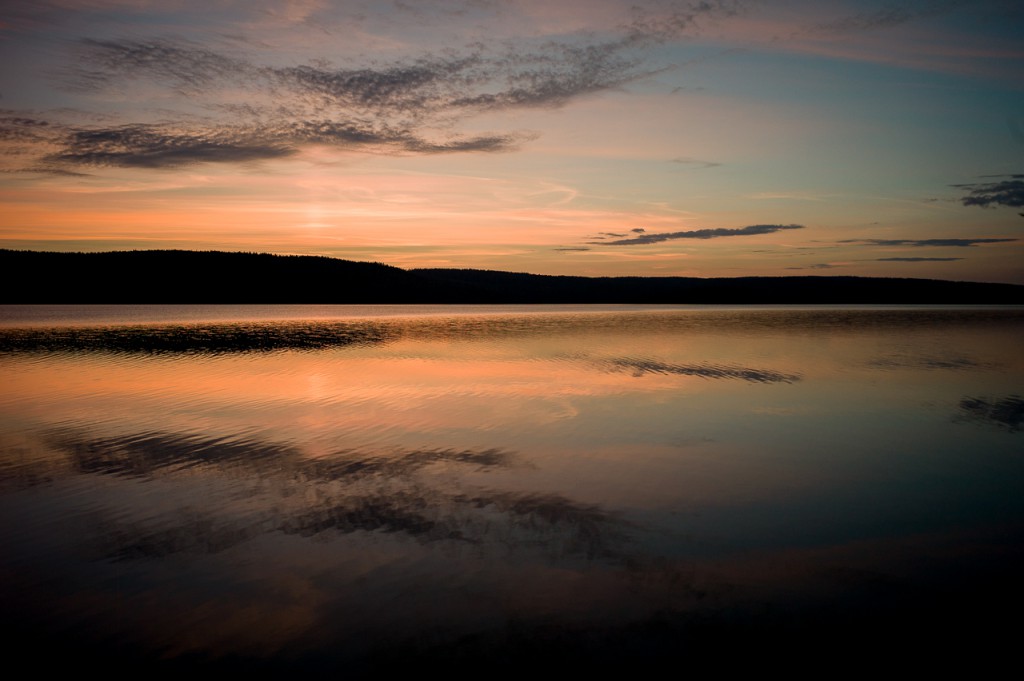
We spent a few months on and around lakes, but the last month of our trip, we had more interesting light compared to the first months. This isn’t strange, because the first part of our trip was dominated by the polar nights, where it didn’t get dark at all.
There is something about lakes in the arctic regions. I can’t tell what it is, but it feels a bit mysterious. In combination with the clouds it can feel like you’re living in a hyper realistic painting. And sometimes it feels like you’re part of a Jimi Hendrix song, even more when you’re on the water and all kinds of psychedelic patterns can be seen on the surface.
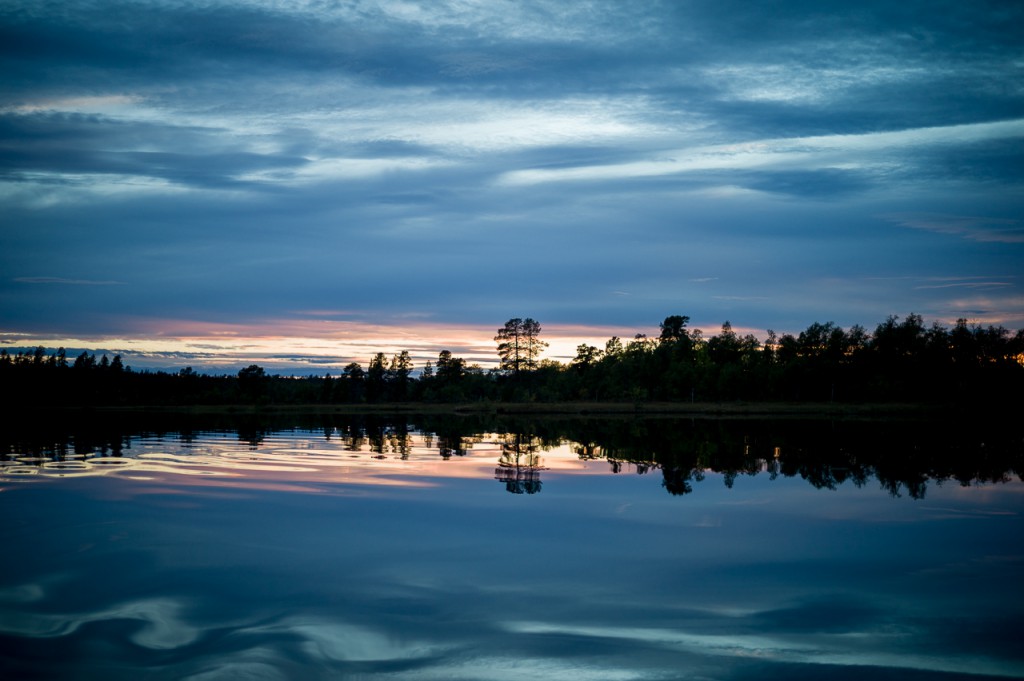
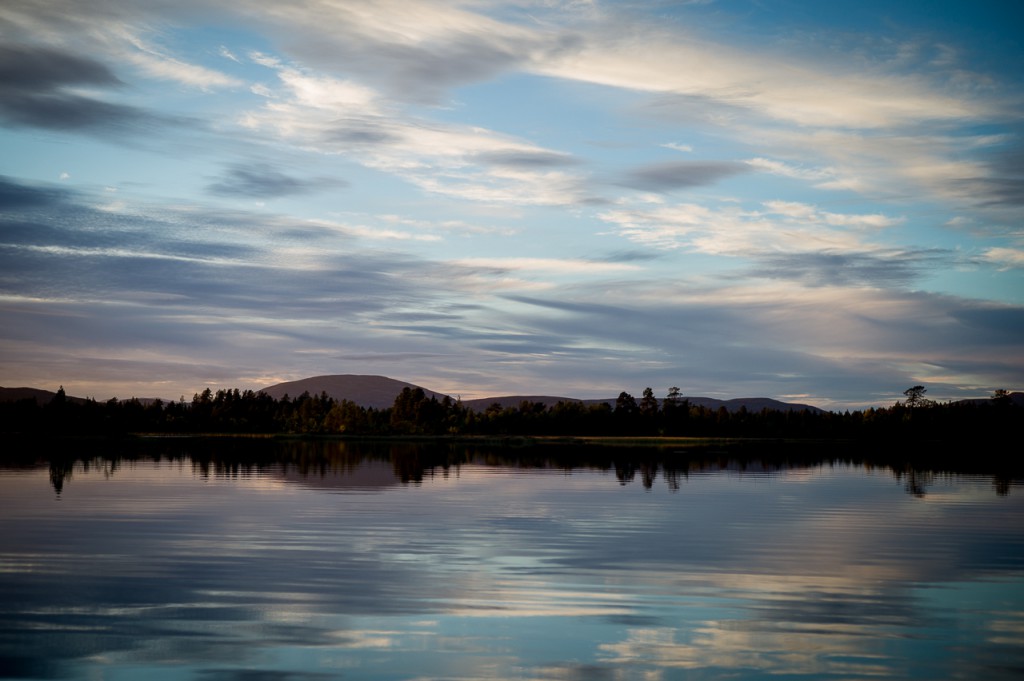
On trips like these, nothing beats the Leica M(whatever which version). Working with a tiny camera and a handful of light weight, compact lenses, changes everything. With the essential functions all within reach, the M can be used with gloves on and in all kinds of situations. Even in a floating, small canoe.
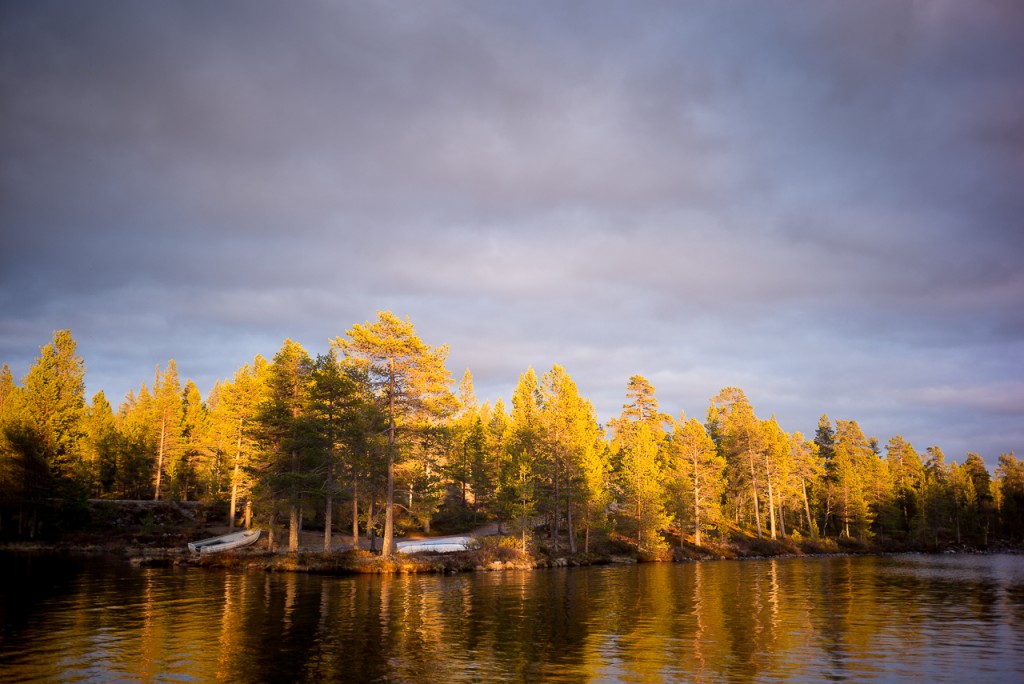
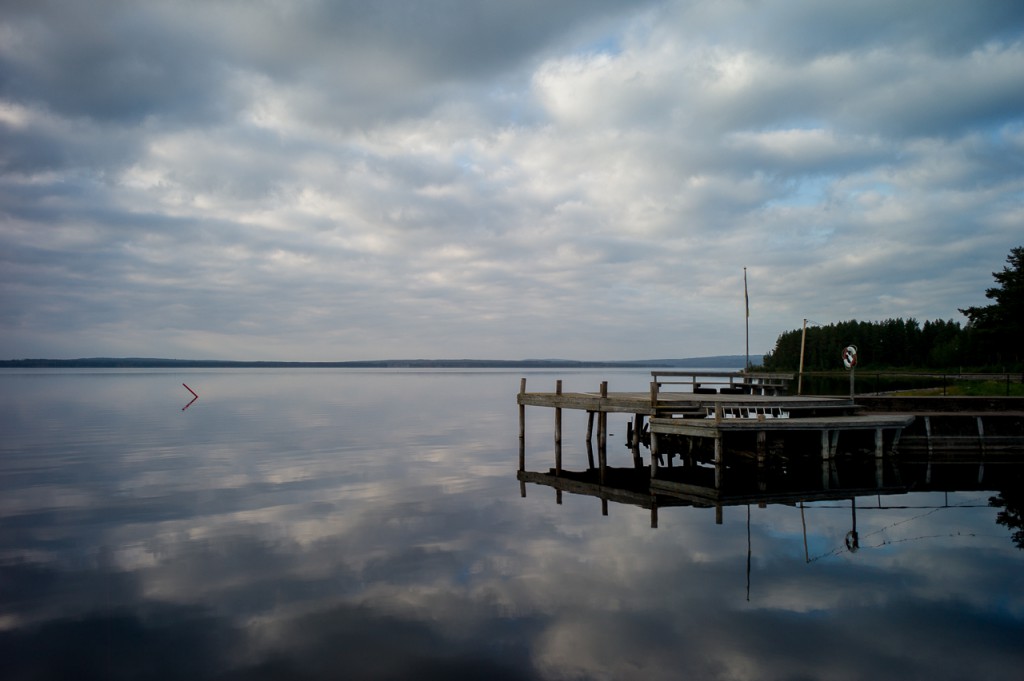
Working from a canoe is actually a bit harder than it seems. Even without any wind, a canoe is always drifting off in some direction and you can’t really adjust for that by moving your own body. Kneeling a canoe puts yourself in a more or less fixed position. Taking a shot means paddling the canoe in the right direction, storing your paddle, quickly grabbing your camera and taking the shot.
Can’t wait to go back!
